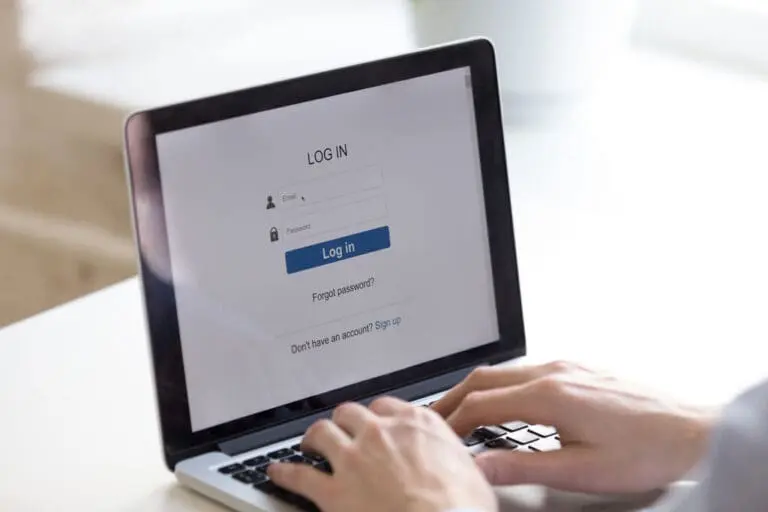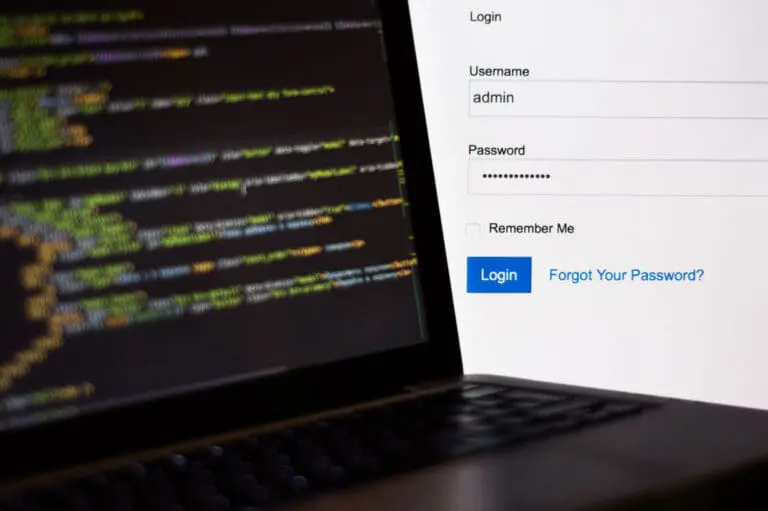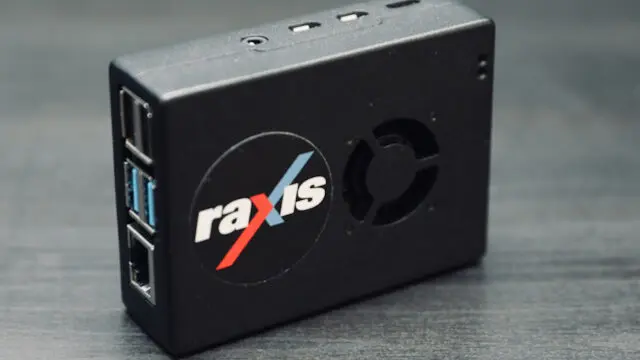Human Vulnerabilities, Exposed.
Social engineering tests mimic real attacker tactics like phishing, vishing, and onsite impersonation to expose human vulnerabilities and strengthen organizational awareness and response.
Even the Toughest Security Defenses Will Fall Victim
Social Engineering techniques often get our foot in the door to launch exploitation tools or plant a remote access device.

Physical Social Engineering
We study your people and processes, then run realistic social engineering scenarios — from fake credentials to voice only approaches — to reveal gaps and help your security team harden the most exposed areas.

Phishing Attacks
Phishing remains one of the most effective attack vectors. We send realistic phishing emails to test your staff, measure how well your security awareness program works, and, if authorized, attempt limited follow on access using captured credentials. You get a detailed report showing who clicked, what happened next, and targeted training recommendations so your people stop falling for the same tricks.

Specialized Phishing
Raxis uses spear phishing, vishing (voice phishing), and smishing (SMS phishing), individually or combined, to test real world susceptibility. We simulate targeted emails, phone calls, and text messages to see what information employees will reveal and measure your defenses, then deliver focused remediation and training guidance.

Follow Through: Finish the Hack
We do more than gain entry. In physical social engineering, we may clone employee badges to access buildings and secure areas like data centers. Once inside, we can install a device to demonstrate remote access to your internal systems, proving the real impact of a breach and guiding effective remediation.
How Hackers Bypass Physical Security
Raxis Hack Stories
Confidence is King
Our stories are based on real events encountered by Raxis engineers; however, some details have been altered or omitted to protect our customers’ identities.
When our elite penetration testing team dives into physical social engineering, whether it’s a laser-focused PSE test or a full-throttle Red Team operation, confidence is our secret weapon. We’re often stunned at how many people accept that we belong simply because we act like we do. Even more jaw-dropping? The number of folks who spot something fishy but don’t raise the alarm. As our tests ramp up, we push the boundaries with bolder moves, daring employees to call us out. Spoiler: they rarely do.
On one assignment our team was tasked with infiltrating a sleek, big-city high-rise with a break room so stocked with free eats that employees practically lived there for breakfast and lunch. Our team did their homework, scoping out every detail before arriving onsite. On a bustling Monday morning, they slipped in one by one, tailgating through turnstiles and blending into crowded elevators before the guard could figure out what was happening. Each operative strolled onto the target floor, flashed a charming wave at the receptionist, and proceeded to regroup in that legendary break room. Then they split up to take a look around the floor. Unlocked workstations? Check. Sensitive customer documents left on a printer? Check. After gathering proof for the customer’s report, they glided out one by one, leaving no trace and not a single soul batted an eye.
In another operation, our team targeted an office secured by key card access. The plan? Pure audacity. They grabbed coffees from a local shop across the street and loitered by the parking lot entrance just before the 5pm rush. Sipping their coffee inconspicuously, our team chatted like they were waiting for a buddy to clock out. No aggressive moves, just casual vibes. Sure enough, several employees held the door for them. As the crowd thinned, they offered their thanks and slipped inside. For an hour, they laid low under a conference room table, biding their time before exploring. What did they find? A treasure trove of vulnerabilities: unlocked file cabinets stuffed with sensitive customer data, passwords scrawled on notes tucked under keyboards, a visitor badge stashed in a desk drawer, open network ports perfect for planting a network implant device (of course they did that), and even keys to the data center left in an unlocked cabinet. Our team made use of those keys to drop a second device for good measure. The cleaning crew? They just waved as our team worked. Hours later, our team sauntered out, armed with a visitor badge for a potential encore and leaving devices in place for further exfiltration.
